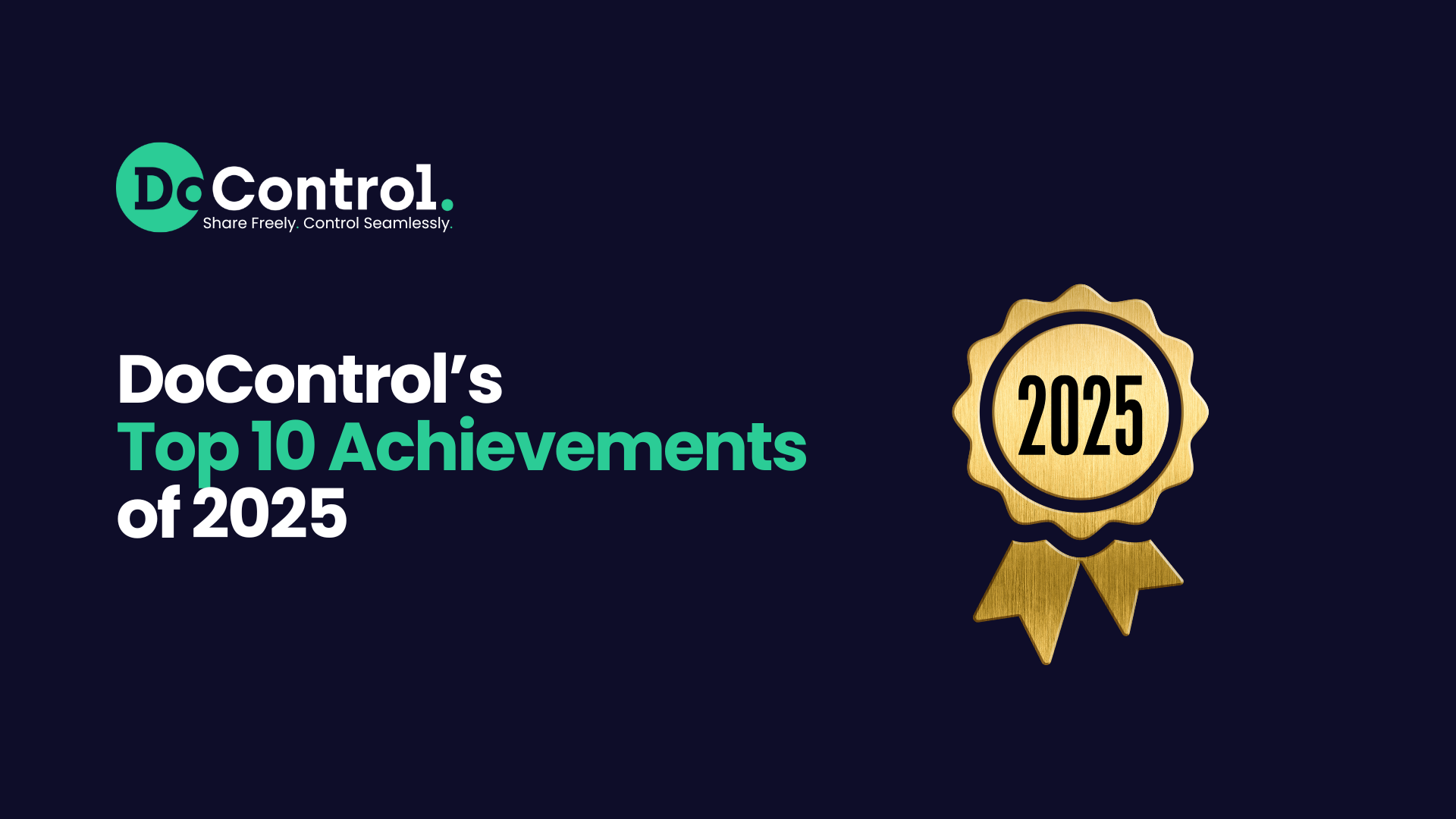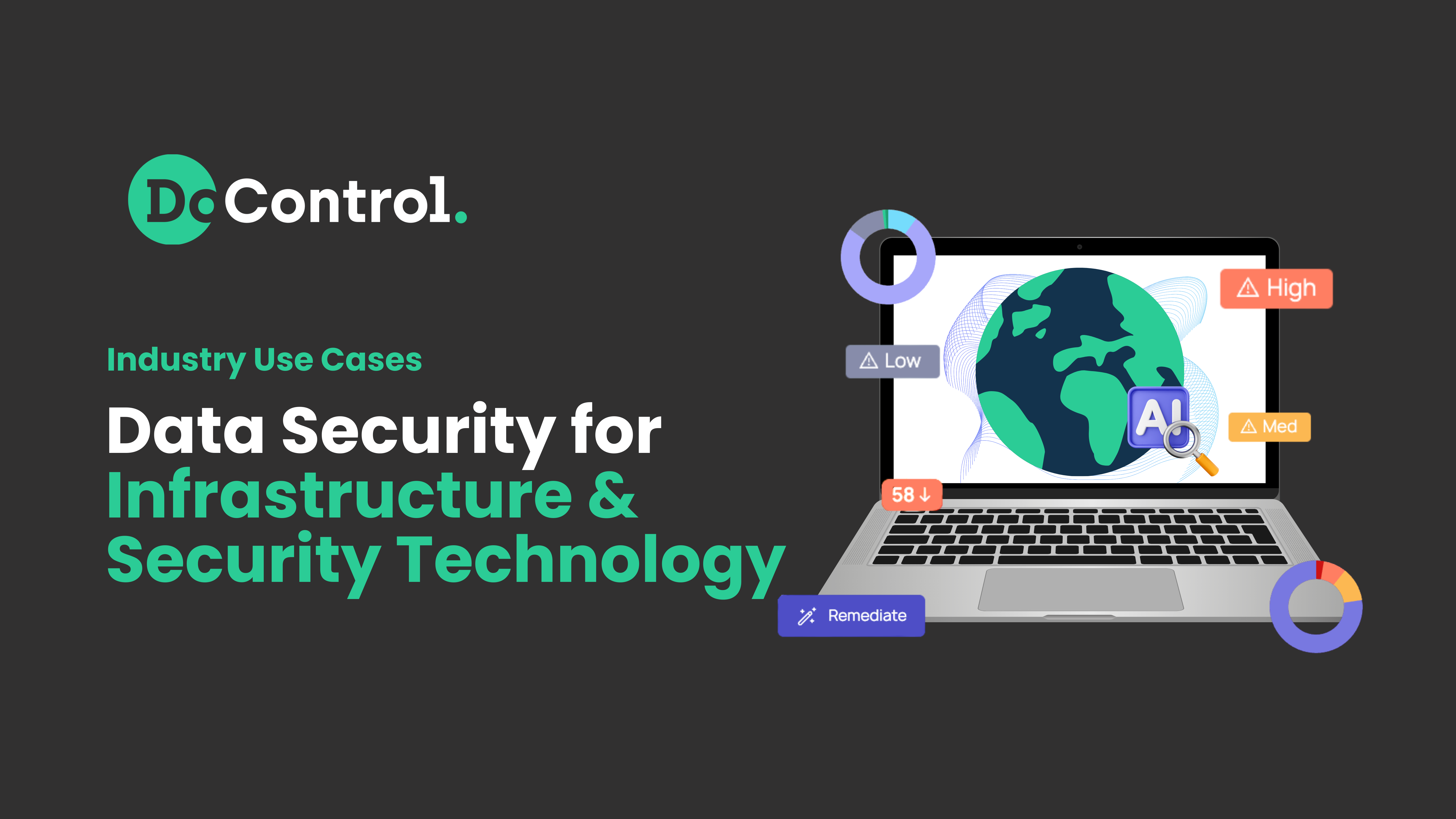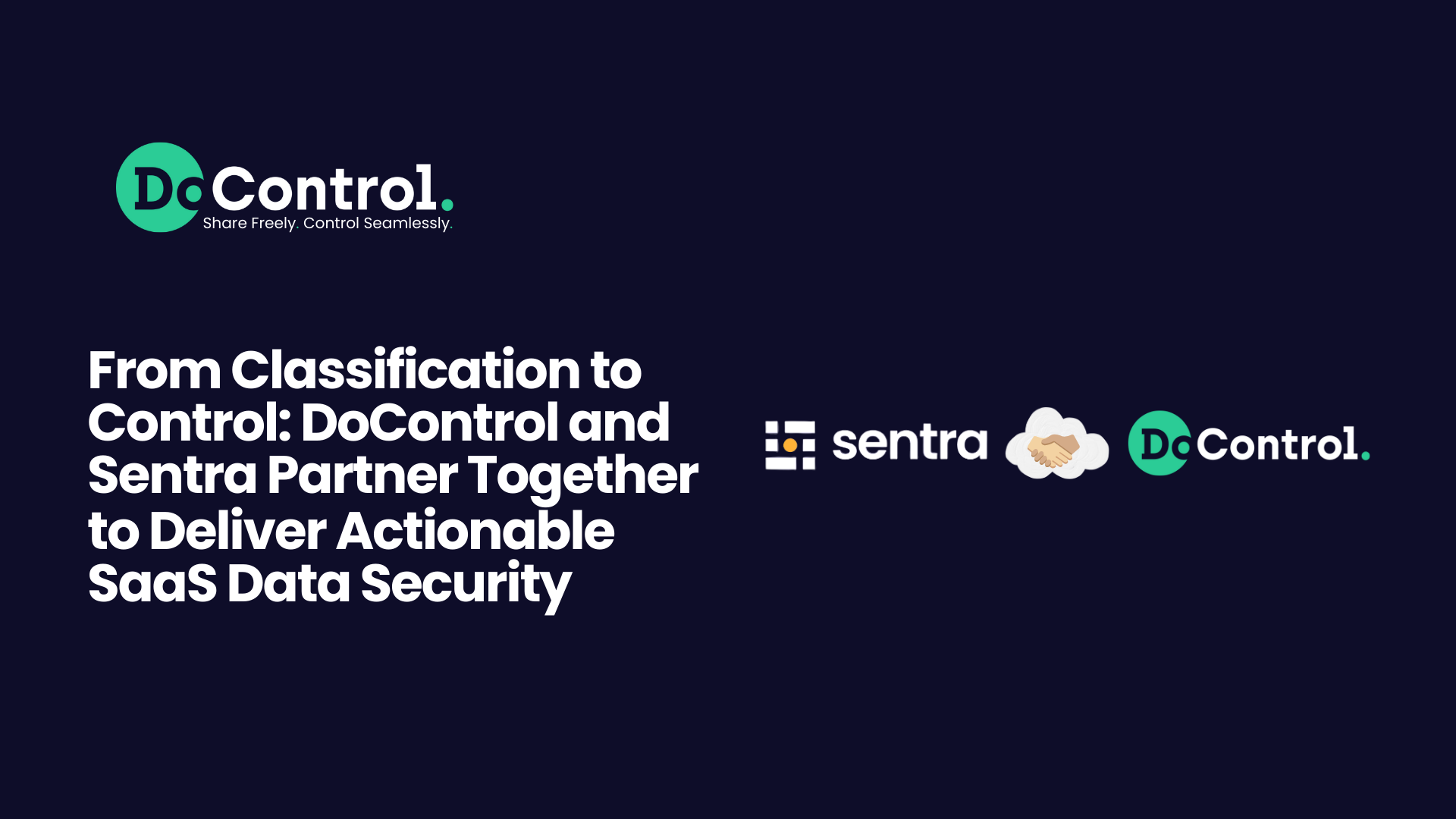
While IT teams focus on sophisticated external threats, the biggest security risk may be hiding in plain sight: everyday user behavior within Google Workspace.
From carelessly sharing sensitive files with external parties, to integrating with unauthorized shadow apps tools, employees unknowingly create countless entry points for data exfiltration every day.
These seemingly innocent actions expose critical business information in ways that Google's native security controls simply weren't designed to handle at scale.
In this article, you’ll learn the most common risky user behaviors that expand your organization's attack surface when it comes to Google Workspace security, and learn proven strategies to mitigate these threats through effective user education and robust security controls.
What Are Common Risky User Behaviors in Google Workspace?
When it comes to protecting data in Google Workspace, most breaches stem from everyday user behavior and identity-based risks.
There are three main types of insider threats: malicious, negligent, and compromised. We won’t discuss all of them today, but you can learn about all three in our piece about detecting identity threats from within.
When we discuss user behavior in this context, we are mainly referring to negligent insiders.
Negligent insiders are well-meaning employees who accidentally expose data through careless actions. They don't mean any harm, and they are often just uneducated about what the proper data protection and data loss prevention (DLP) policies are.
Here are some of the most common risky behaviors that open up serious security gaps:
Public Sharing of Files and Links
Employees often make files “Anyone with the link can view” to move quickly, get things done, and avoid bottlenecks and delays. In doing so, they could be exposing PII, salary data, roadmaps, product launches, GTM strategies, or other intellectual property to unauthorized eyes.
For example, a marketing manager shares a customer list as a public link so an external contractor can access it easily. But that link is later leaked in a Slack channel that a partner company forwards by mistake, and suddenly the company’s biggest client is furious that their data is out in the wild. As a result, the organization loses their biggest client.
That marketing manager didn’t mean any harm by sharing this as a public link, but it created a big problem anyway.
Sharing Files with Personal or Non-Corporate Accounts
Even well-intentioned employees often send company data to their personal Gmail so they can catch up on work outside the office. This creates data sprawl that is difficult (if not impossible) to monitor without a dedicated third-party tool. And, once the file leaves your environment, you can never get it back.
For example, a financial analyst emails a confidential quarterly report to her personal Gmail account so she can work on it at home. Months later, she accepts a new job at a competitor, but that file (and potentially many others) still resides in her personal inbox.
That analyst was well intentioned when she shared her personal Gmail, she wanted to get ahead of her work and be a good teammate in the moment. But, what began as an honest attempt to be a good employee has now created a long-term data control and compliance risk.
Mass File Downloads or Sharing Outside the Organization
Sudden spikes in file sharing or large-scale file downloads can also be a harmless action done by an employee that creates a serious risk.
For example, a sales executive downloads hundreds of pipeline reports and client prospecting lists to his personal laptop before taking a week-long family vacation. He wants to work from the plane and make sure the team's targets don't fall behind – but having that sensitive data living anywhere that's out of security teams control is the most harmful thing that could happen.
OAuth App Authorization and Shadow IT Tools
Users often grant excessive permissions to risky third-party apps – including generative AI tools – without realizing they may introduce serious identity risks and data leakage.
For example, an employee connects a new AI-powered productivity app to their Google Workspace account for quick automation. What they don’t realize is that the app requests full read-write access to their Drive files. They meant well – they wanted to boost their productivity and get more done for their team!
However, days later, that app is compromised, allowing an attacker to siphon off sensitive company data and even modify files, all under the cover of a trusted user’s OAuth token.
Each of these examples highlight one key truth: proper user behavior plays a central role in protecting Google Workspace.
Employees can mean well – and most do. But, without the proper education and policies set in place, your Google Workspace environment quickly becomes the wild-west, with employees running amuck doing whatever they think will be easiest for them at the moment.
Without proactive visibility and the right automated control, organizations leave their most sensitive data at risk.
What Google Workspace Natively Provides for User Behavior Safety & What’s Missing
Google Workspace offers a solid baseline of native security tools to help protect company data. In the Admin console, you can set up sharing restrictions, enforce two-factor authentication, and monitor suspicious behavior with alerts and audit logs. Admins can also configure basic data loss prevention (DLP) policies to help catch obvious risky shares or data movement.
But… There's a catch: these tools don’t scale with real-world business use. Here’s why relying on native controls alone leaves serious gaps:
Manual Remediation is Incredibly Time-Consuming.
Google alerts admins when files are shared publicly or third-party apps gain risky permissions, but taking action usually requires one-off, manual intervention, like revoking a single link or uninstalling one app at a time. That may work for small teams, but for organizations with hundreds or thousands of employees, this manual process never works and is prone to error.
Security Teams have Bigger Fish to Fry…
If a negligent employee shared dozens of confidential files publicly, or a sales rep installed dozens of shadow IT apps on accident, Google doesn’t offer a way to remediate all of this in one shot. You’re left clicking through each issue one at a time, draining security and IT teams’ time, wasting company money and resources, distracting from bigger threats, and leaving data exposed while you play catch up.
Google DLP is Limited and Reactive
Google’s native DLP engine is black and white: it can only block or allow sharing based on preset conditions, but it can’t make context-aware decisions or enforce nuanced policies. It also has file size and content-type limitations, making it impossible to cover all sensitive data, especially as new apps and user habits introduce risks that DLP can’t recognize. Read about Google DLP here so you can learn more about what its strengths and limitations are.
In short, Google provides useful signals, but no automation and barely any power when it comes to enforcement, especially for midmarket and enterprise teams who need to secure Google Workspace at scale without burning out their IT admins.
User Habit Best Practices for Google Workspace Security
1) Limit sharing to specific people or groups, never use public links for sensitive files.
→ Always restrict Drive files to intended recipients, and regularly review sharing settings to prevent unintended data exposure.
2) Avoid using personal emails or accounts for work data.
→ Keep all company information within your corporate Google Workspace to maintain visibility and control over critical assets.
3) Review and revoke third-party app permissions regularly.
→ Only grant OAuth access to approved apps, and periodically audit and disconnect apps that no longer need access.
4) Enable and use two-factor authentication (2FA) on all accounts.
→ Strengthen your accounts against credential stuffing and phishing attacks by making 2FA mandatory for all employees.
5) Handle regulated or highly sensitive data with extra care.
→ Avoid sharing regulated information like PHI, financial data, or personal identifiers via public links or unapproved apps. Use designated, password protected secure channels.
6) Report suspicious sharing or app access immediately.
→ Train employees to recognize risky behavior – like an unfamiliar app requesting Drive access or a file shared with an unknown party – and escalate it to IT/security teams.
7) Practice responsible offboarding.
→ Before leaving the company or changing roles, ensure that files shared externally are cleaned up and that personal accounts or shadow apps are disconnected. Make sure that leaving or former employees don't have access to data.
How DoControl Solves for Risky User Behavior Google Workspace Security
Even with the best user habits and Google’s native tools, mitigating risky behavior at scale requires automation and control. That’s exactly where DoControl comes in.
DoControl empowers security teams to proactively protect their Google Workspace environment and continuously manage risky behaviors without manual overhead. Here’s how:
- Continuous visibility into user and identity-driven risks: DoControl doesn’t just look at sharing links or app installs in isolation, it correlates all behaviors and actions across identities. With DoControl’s user risk scoring, it takes context derived from HRIS and IdP, department, role, admin status, and more to actually identify risky patterns and limit false positives.
- Automated, scalable remediation: Unlike native tools that require one-off, manual intervention, DoControl lets you enforce security policies across your entire environment at once. Instantly revoke risky public links, cut off shadow OAuth apps, or quarantine compromised accounts, all with a single click.
- Automated DLP and enforcement: DoControl lets you go beyond Google’s static DLP rules by setting up granular policies and automated workflows tailored to your business. Detect and prevent risky public shares, unapproved third-party app access, or data leaving the environment to personal accounts. Customers can set up automated workflows that stop these actions dead in their tracks, taking a protective approach to data protection rather than a reactive one.
- Comprehensive Data Access Governance: Gain full visibility into who has access to what and and what they’re doing with it across all your files and apps. DoControl continuously monitors and remediates overshared links, outdated permissions, and anomalous activity, so you always know where your data lives and can proactively lock it down.
Google Workspace is a powerful collaboration platform, but relying solely on native controls to manage risky user behavior is a risky gamble. DoControl provides the automation, visibility, granularity, customization, and enforcement that modern teams need – allowing your business to secure your entire Google Workspace without slowing down teams.
Summary
User behavior in Google Workspace can expose your company to data loss and identity threats at scale. Again, these users usually mean no harm – its their lack of awareness and negligence that makes them a threat to the security of your Google Workspace.
Native Google tools provide visibility but require manual, one-off actions that can’t keep up with evolving insider risks. DoControl continuously monitors user and app behavior, leveraging dynamic risk scoring and automated workflows to stop these users before they do real damage.
By enforcing robust data access governance and real-time remediation, DoControl keeps your most critical information safe without overburdening your IT team. It's the DoControl difference.
Looking to strengthen your Google Workspace security?
Start with our Google Workspace Security Best Practices guide
Learn the Pitfalls of Public Sharing in Google Workspace
Read up on Google Workspace DLP Strengths and Limitations
Understand Remediation in Google Workspace and How it Works



